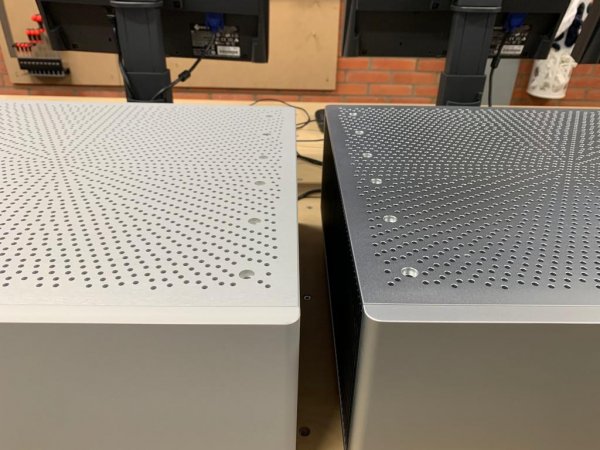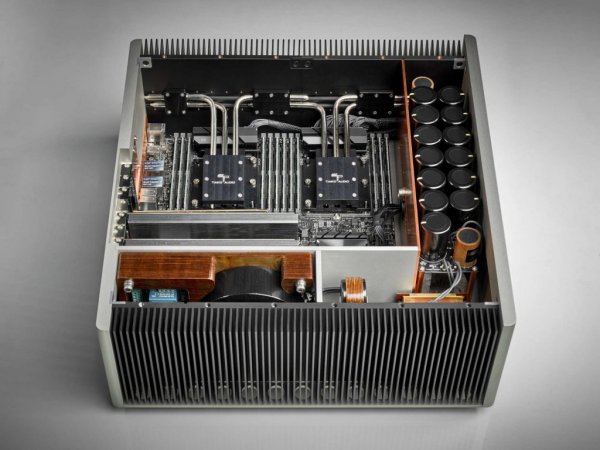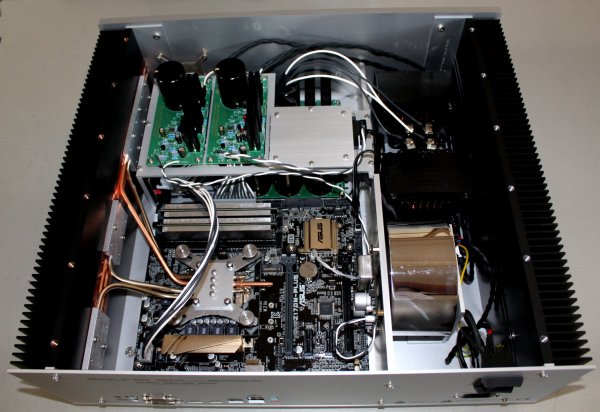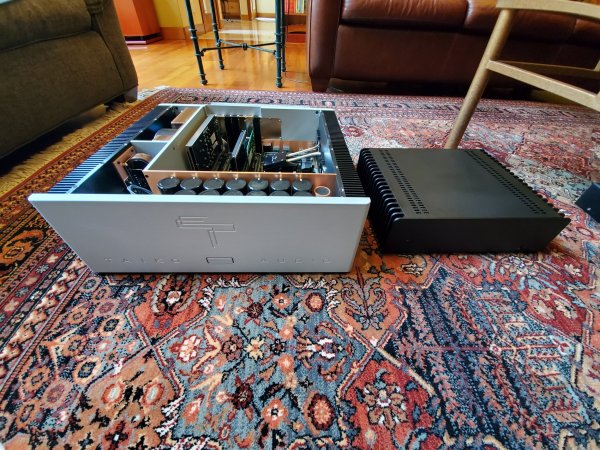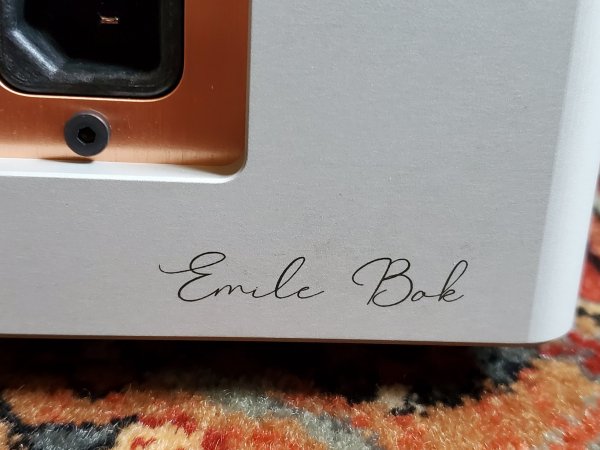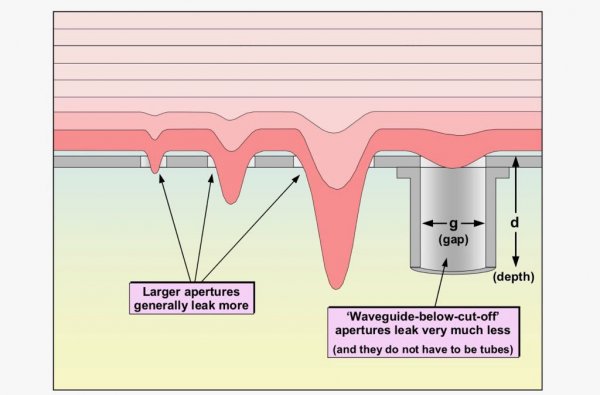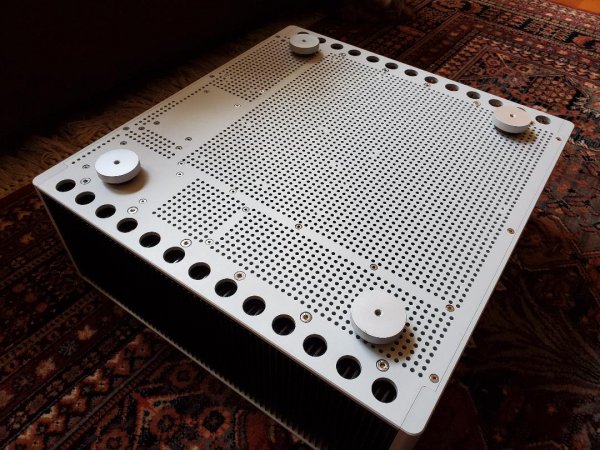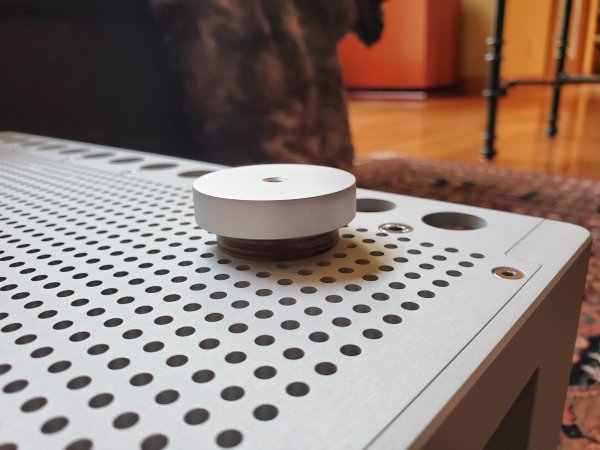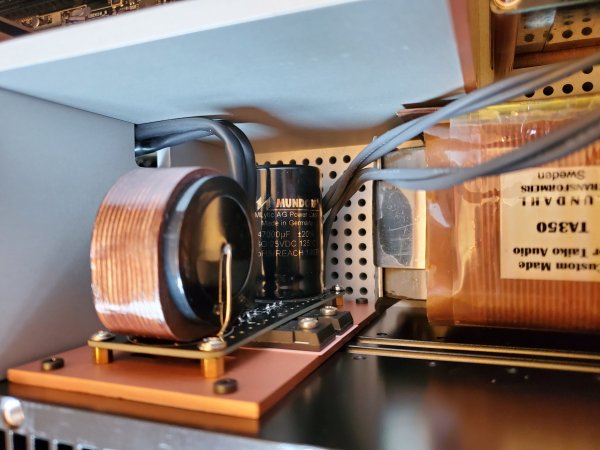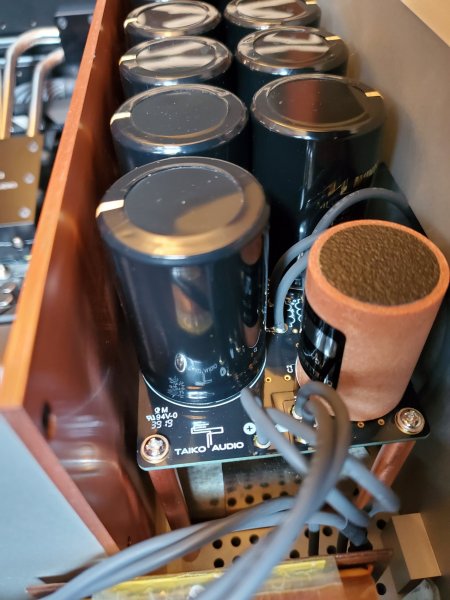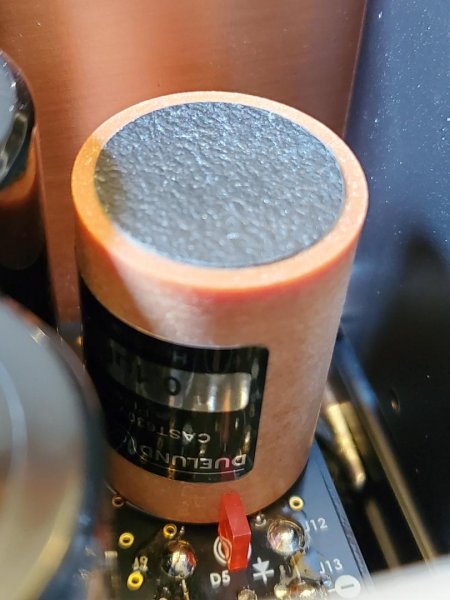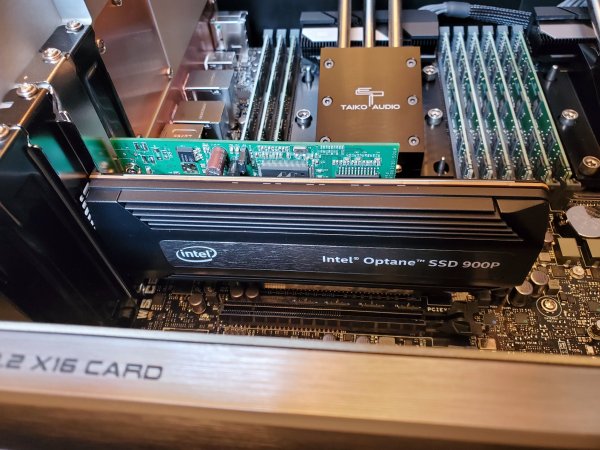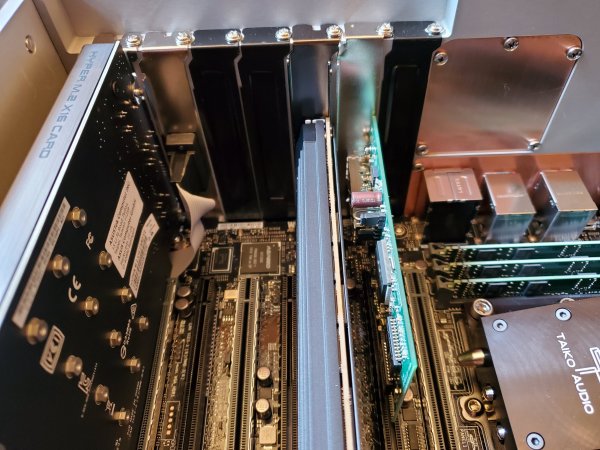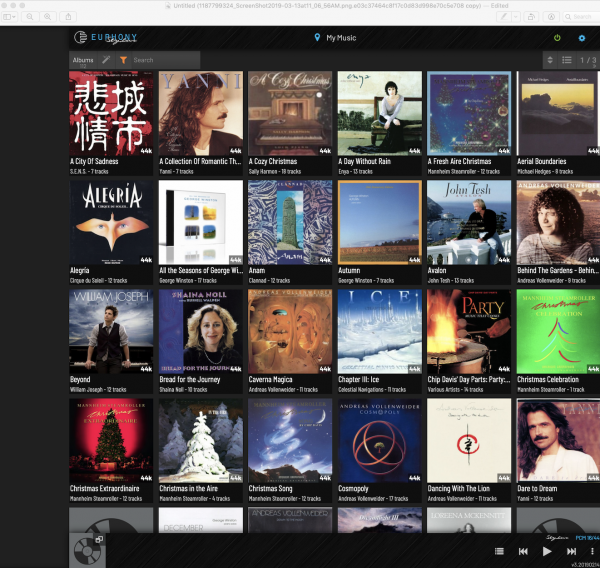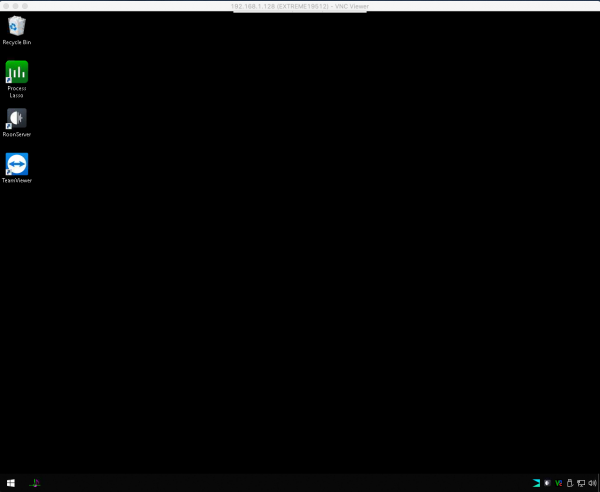SGM Extreme - 2 week experience: Part III
Listening tests:
Those who have read my post about my visit to Emile's workshop in Hengelo in November know that I was quite impressed by the Extreme when I first heard it, impressed enough that I went ahead with my order for my own Extreme. Of course, not having had the opportunity to directly A/B the Extreme against my own best effort, I had some doubts. Even some of my DIY friends wondered what I would do if the Extreme was only marginally better than my own server because how could "marginally better" ever be worth Extreme-level of dollars?
For those not familiar with my latest build, it is comprised of highly curated parts based on things I had learned from prior builds and centered around a 12-core/24-thread AMD Ryzen 3900X CPU, 8GB of Apacer ECC DDR4 memory, Optane memory for OS storage, and a JCAT Femto Network and JCAT Femto USB PCIe card with each card powered externally by my Paul Hynes SR7. Using what I considered to be an excellent 800w DC-ATX converter powered by an SR7 from a different Paul Hynes supply along with a specialized DC harness comprised of high purity OCC copper, this server had the advantage of being specifically tuned to my tastes with the aid of Euphony OS and Stylus and has been easily superior to anything I have previously had in my home for comparison including Aurender's latest W20SE. As a high power server, I would happily pit it against any low power server (that means just about all other commercial music servers out there today) and would feel confident that I would prefer it. Unlike some who purchased an Extreme because they were unhappy with the SQ from their Mac Mini or NUC, I was quite pleased with this server and often spent many hours into the night listening because of an already high level of engagement. My wife, who also enjoyed our listening sessions wondered aloud why I felt I needed an Extreme as she knew I had sold every other server I had previously purchased after I was able to build something better on my own. My only response was that I felt compelled "to be done." I had been building servers long enough to know that I could forever chase the next big CPU, motherboard, etc, that people were talking about and that this would lead to incremental improvements but despite my best efforts, at least on paper, I knew I could never match Emile's efforts. That's what I kept telling myself.
Because I had asked Emile for a few minor modifications and because of the Christmas holidays, it took a while longer to receive my Extreme and so by the time my Extreme arrived to me 2 weeks ago, it had already accumulated 600 hours of burn-in time according to Emile. For the first 7 days that I had my Extreme, I kept it powered almost 24/7 and ran it in stock configuration using the stock footers atop my Synergistic Research Tranquility Base, an Intona Ultimate USB cable, and HFC Pro power cord and so this 7-day period gave me a pretty solid idea of how a stock Extreme sounds using my reference ancillary gear that I was well acquainted with. Using the same power cord and USB cable on my server along with a quad of CS2 footers from Critical Mass Systems and using a different Tranquility Base as a foundation, I was able to fairly easily go back and forth. Both sighted and blind testing were performed but there really was no point to blind testing as the differences were so obvious, even to casual listeners who came by.
What I thought would take a few hours and possibly a few days to convincingly answer actually took only 30 seconds. The first thing I assess when I listen to a piece of equipment is not tonal quality or imaging or sound stage or dynamics but rather transient response. It is what I am most sensitive to based on the type of music I listen to the most and if it is not at least better than what I have already, then there's really no point going forward. The problem with transient response is that it is predicated on timing, speed and control but overly fast and overly damped presentations have a tendency to frequently sound thin and wiry and unnatural and so that isn't good transient response. Case in point, shortly after purchasing my Wilson Alexia 2s, I felt compelled to try every amplifier I could get my hands on and I had the good fortune of being able to audition Merrill Audio's latest Element 118 monoblocks, a $36k class D design based on gallium nitride transistors known for their incredible speed (in the gigahertz range). Indeed, these made any other amplifier I had previously heard sound slow and so I heard things with these amps that I had never previously heard. The problem with these amps is that the presentation was indeed thin and did not sound natural to my ears and performed just as badly as too slow of an amplifier.
This is where I know the Extreme's 20-cores come into play because the following are character traits of high power servers that I have consistently observed but never before to this extent. The Extreme's presentation is very very fast, almost gallium nitride fast. As Emile likes to say, it boogies. It is also very well controlled and very agile. It starts and stops and starts again like nothing else that I've heard resulting in unbelievable transient clarity. In comparison, transients on my server sound smeared. Because it is so fast and so well controlled, there is incredible separation, focus, and staging. Also, bass dynamics are startling good. With Stravinksy's "The Rite of Spring," I know exactly what will happen and when and yet, the Extreme has the capacity to frighten. But these traits are not what's most important None of these things would matter if the presentation were to sound thin and unnatural. Good transient response is as much predicated on naturalness as it is on the other qualities we normally think of and the Extreme pulls this off better than anything I have yet heard. Throw what you will at it, whether it be slow, sultry vocals or complex, large orchestral music and the Extreme maintains its effortless composure.
I was convinced that there was no way my best server effort would get embarrassed and in a way, it was not because ultimately, what sounds good sounds good but if I am to be honest, the Extreme is quite a big step better. I was given 10 days to give the Extreme a try and if I didn't like it, I knew I could return it. By now, as this marks 2 weeks of owning the Extreme, it's clear I've decided to keep it. The decision was actually quite easy and I knew it after the first 30-seconds. With respect to a music server, I am indeed done.
During week 2, I knew I needed to push the Extreme's boundaries. Could it be improved with different power cords, USB cables, footers, fuses, and JCAT cards? Could it be improved when used with a separate endpoint or when used as an endpoint? What about network switches and routers? We've heard Emile's take on some of these things and they contrast with
@CKKeung's group and so obviously, we're not talking about improvements on an absolute level but rather improvements based on personal preference and so I'm happy to provide my own observations. To answer these questions will require a separate post and so more to follow...



